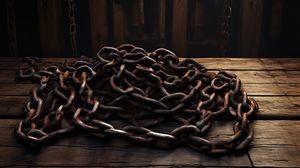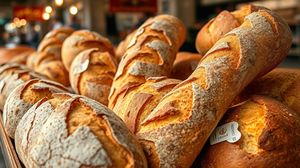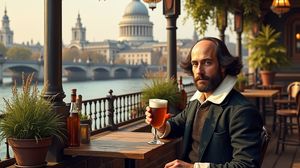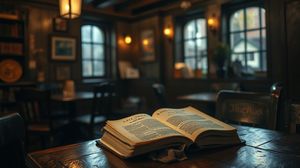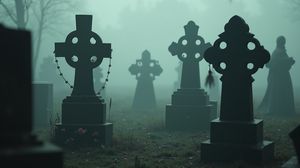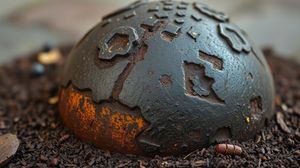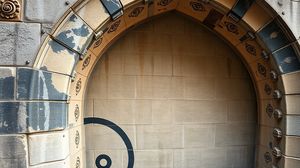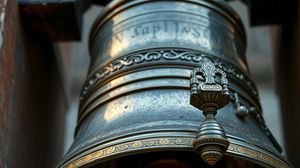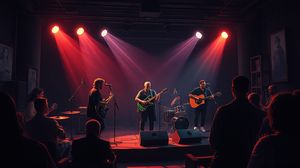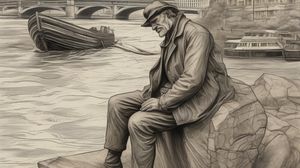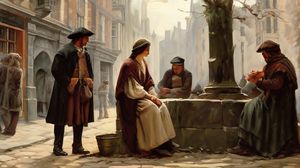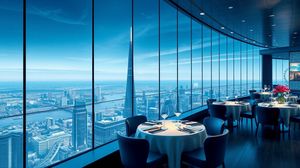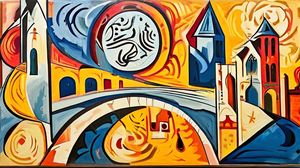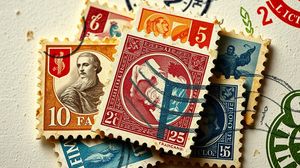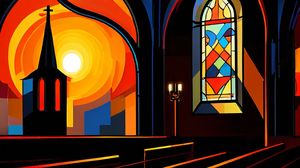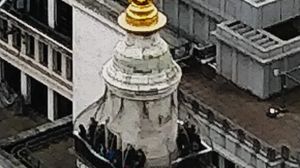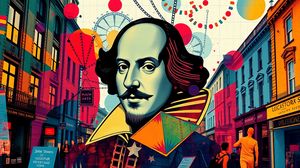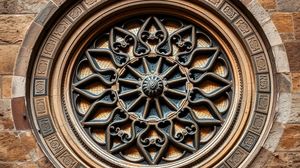
Winchester Palace, located in the historic district of Southwark, London, is a fascinating relic from the medieval past. Originally established in the 12th century, the palace was the London residence of the Bishops of Winchester, serving as a significant religious and political center.
The remains of Winchester Palace that visitors can see today are a testament to its grandeur, with the Great Hall's Rose Window being a notable feature. This site offers a glimpse into the lavish lifestyle of medieval clergy and the influence the church wielded over London.
An interesting historical tidbit about the palace is its connection to the darker side of Southwark. In its heyday, the area was infamous for its brothels, known as "stews," which were licensed and even taxed by the Bishops of Winchester. This curious fact adds a layer of intrigue to the location's history.
The Great Hall of Winchester Palace once hosted extravagant banquets and significant meetings. The hall was large enough to accommodate hundreds of guests, highlighting the power and wealth the Bishops enjoyed during their time.
The site largely fell into decline following the English Civil War, when it was damaged by fire and subsequently neglected. However, its remnants were rediscovered and partially restored, allowing visitors today to appreciate its storied past.
Visitors might be surprised to learn that the palace originally included expansive gardens, halls, and accommodation blocks stretching towards the River Thames. This extensive complex underscored the importance of the Bishops of Winchester in both ecclesiastical and royal matters.

Making the Most of Your Visit:
If you're visiting Winchester Palace, take a moment to appreciate the remarkable Rose Window, a rare surviving feature, and try to imagine the impressive Great Hall as it once stood, filled with splendour and activity. It's one of those hidden gems that offers a tangible connection to London's medieval past.
When exploring the palace ruins, consider the former proximity of the site to the River Thames. The river played a vital role in the palace's history and operations, so envision the bustling activity of boats and traders that would have surrounded the area.
For a fun historical twist, remember the notorious "stews" of Southwark that thrived with the tacit approval of the Bishops of Winchester. These brothels provide a fascinating lens into the social norms of the period, making the ecclesiastical history a bit more lively!
Look for the information plaques placed around the site. They offer additional historical insights that can enrich your understanding of the palace's past and the influential role it played in London's history.
Finally, take a stroll around the nearby area of Bankside, which is full of vibrant culture and history. From theaters to pubs dating back centuries, the neighborhood keeps the medieval feel alive, giving context to the history you've just explored at the palace.

Visiting Times & Costs:
Winchester Palace, Southwark is open to the public as an open-air ruin, and there is no entrance fee. Visitors can explore the site freely at any time since it is accessible 24/7. It is worth noting that since the ruins are outdoors, visiting during daylight hours is advisable for better visibility and safety.
Regarding accessibility, the site is partially accessible to wheelchair users and those with limited mobility. While much of the area is level, the uneven terrain and historical nature of the ruins may present challenges. There are no restroom facilities specifically on-site.

Address & Map:

Nearby:

